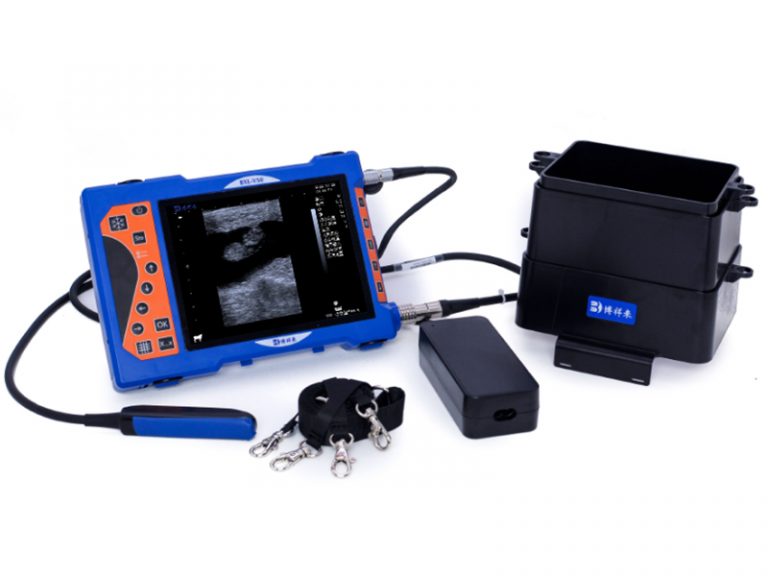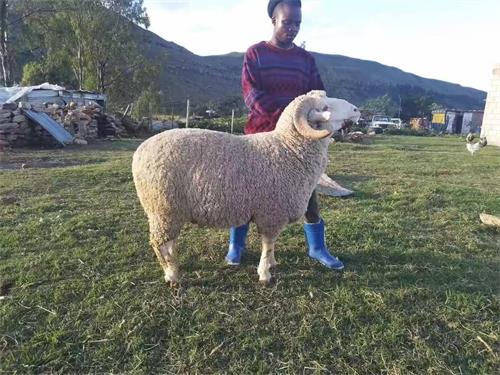Optimizing Ovum Pick-Up Protocols for Enhanced Embryo Production in Livestock
Ovum pick-up (OPU) combined with in vitro embryo production (IVEP) has become a cornerstone technology for accelerating genetic improvement in cattle, sheep, goats, and even camelids. As global demand for elite genetics rises, optimizing OPU protocols is essential for maximizing both the quantity and quality of recovered oocytes, directly influencing the success rates of embryo transfer and subsequent pregnancies. This article explores the key strategies for refining OPU procedures to achieve higher efficiency and better reproductive outcomes across various livestock species.
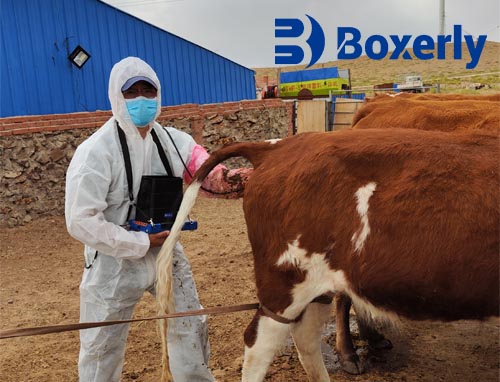
Understanding the Basics of Ovum Pick-Up
Ovum pick-up is a minimally invasive procedure that involves the ultrasound-guided aspiration of oocytes directly from ovarian follicles. It can be performed repeatedly on live animals, making it far superior to traditional embryo collection from superovulated donors via flushing. OPU not only reduces animal stress but also allows for the collection of oocytes at regular intervals, enhancing reproductive output over an animal’s productive lifespan.
Key factors influencing the success of OPU include the animal’s physiological status, hormonal stimulation protocols, aspiration techniques, and the technical proficiency of the operator.
Hormonal Stimulation: Setting the Stage for Success
Effective hormonal stimulation prior to OPU significantly improves the number of available follicles and the maturity of retrieved oocytes. FSH (follicle-stimulating hormone) administration remains the gold standard for stimulating follicular development, particularly in cattle and goats.
Protocols typically involve multiple injections of FSH over 2–4 days prior to the scheduled OPU. Some researchers have introduced “coasting” periods, where FSH treatment is followed by a pause to allow follicles to reach a competent stage without active stimulation. Adjusting the dose and timing based on species, breed, and individual response is critical to achieving optimal results.
In small ruminants like sheep, the use of eCG (equine chorionic gonadotropin) alongside FSH has also shown promise in improving oocyte recovery and quality.
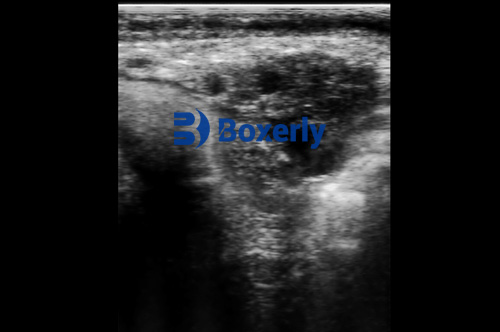
Technical Improvements in Aspiration Techniques
The skill of the OPU operator and the precision of the aspiration technique are major determinants of oocyte recovery rates. Fine-tuning several parameters can make a significant difference:
-
Needle Gauge: Using a smaller needle (19–21G) minimizes trauma to the ovarian tissue and helps maintain follicular integrity.
-
Vacuum Pressure: An aspiration pressure of 70–90 mmHg is typically ideal for cattle, while lower pressures are recommended for smaller species to avoid damaging the oocytes.
-
Follicle Size Selection: Targeting medium-sized follicles (3–8 mm in cattle) increases the likelihood of retrieving developmentally competent oocytes.
New technologies, including Doppler ultrasound imaging and real-time monitoring systems, allow for even more precise follicle targeting and aspiration.
Species-Specific Protocols: Customization Is Key
While the basic principles of OPU are consistent across livestock species, tailoring protocols to specific anatomical and physiological characteristics is crucial.
-
Cattle: Standardized OPU programs with two sessions per week have proven highly effective. Crossbred and Bos indicus cattle often require different stimulation regimens compared to purebred Bos taurus breeds.
-
Sheep and Goats: Due to smaller ovaries and follicles, laparoscopic OPU is commonly employed. Specialized handling protocols are necessary to minimize mechanical stress during oocyte recovery.
-
Camels and Camelids: OPU in these species is more technically challenging due to their unique reproductive anatomy. Sedation protocols, transvaginal ultrasound equipment, and slower aspiration rates are critical for success.
Managing Donor Animal Health and Welfare
Optimal donor management enhances both oocyte quality and animal longevity in OPU programs. Critical considerations include:
-
Nutritional Status: A well-balanced diet rich in energy, protein, and micronutrients supports ovarian activity and oocyte quality.
-
Stress Reduction: Minimizing handling stress and providing comfortable housing conditions are vital, as chronic stress negatively impacts follicular dynamics.
-
Reproductive Health Monitoring: Routine reproductive tract evaluations ensure early detection of any abnormalities that could impair oocyte recovery or embryo development.
Animal welfare must always be a priority. Implementing ethical protocols, including appropriate sedation and analgesia during OPU, safeguards both animal wellbeing and long-term reproductive potential.
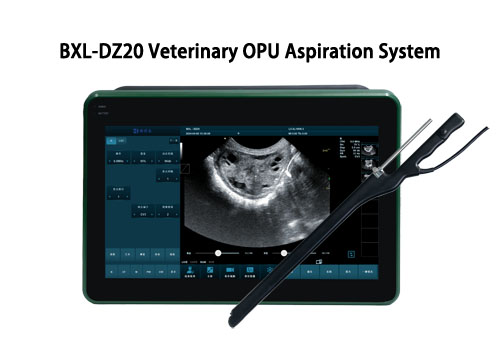
Future Perspectives: Emerging Technologies and Innovations
Research into enhancing OPU and IVEP outcomes is dynamic and ongoing. Exciting innovations include:
-
Molecular Markers: Identifying biomarkers for oocyte competence could allow for more targeted selection of donors and follicles.
-
Automated OPU Systems: Robotic-assisted aspiration is under development to reduce operator variability and improve efficiency.
-
Cryopreservation Advances: Improved vitrification protocols for oocytes and embryos are expanding the possibilities for genetic banking and global trade.
In addition, integrating genomic selection with OPU/IVEP programs is transforming livestock breeding strategies, enabling producers to rapidly propagate superior genetics across large populations.
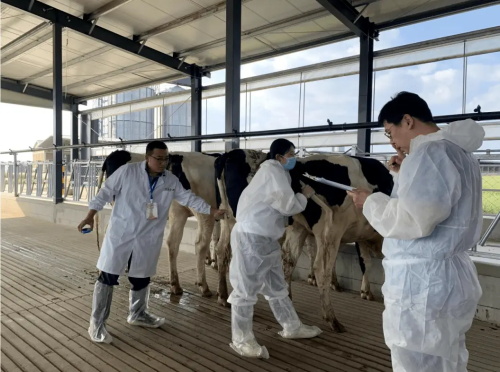
Conclusion
Optimizing ovum pick-up protocols is a multifaceted process involving careful attention to hormonal stimulation, aspiration technique, species-specific adaptations, and donor animal management. As reproductive technologies evolve, fine-tuning each step of the OPU process will be crucial for maximizing embryo production and accelerating genetic progress in livestock industries worldwide. By investing in training, adopting new technologies, and maintaining high standards of animal welfare, producers can unlock the full potential of OPU as a tool for future herd improvement.


